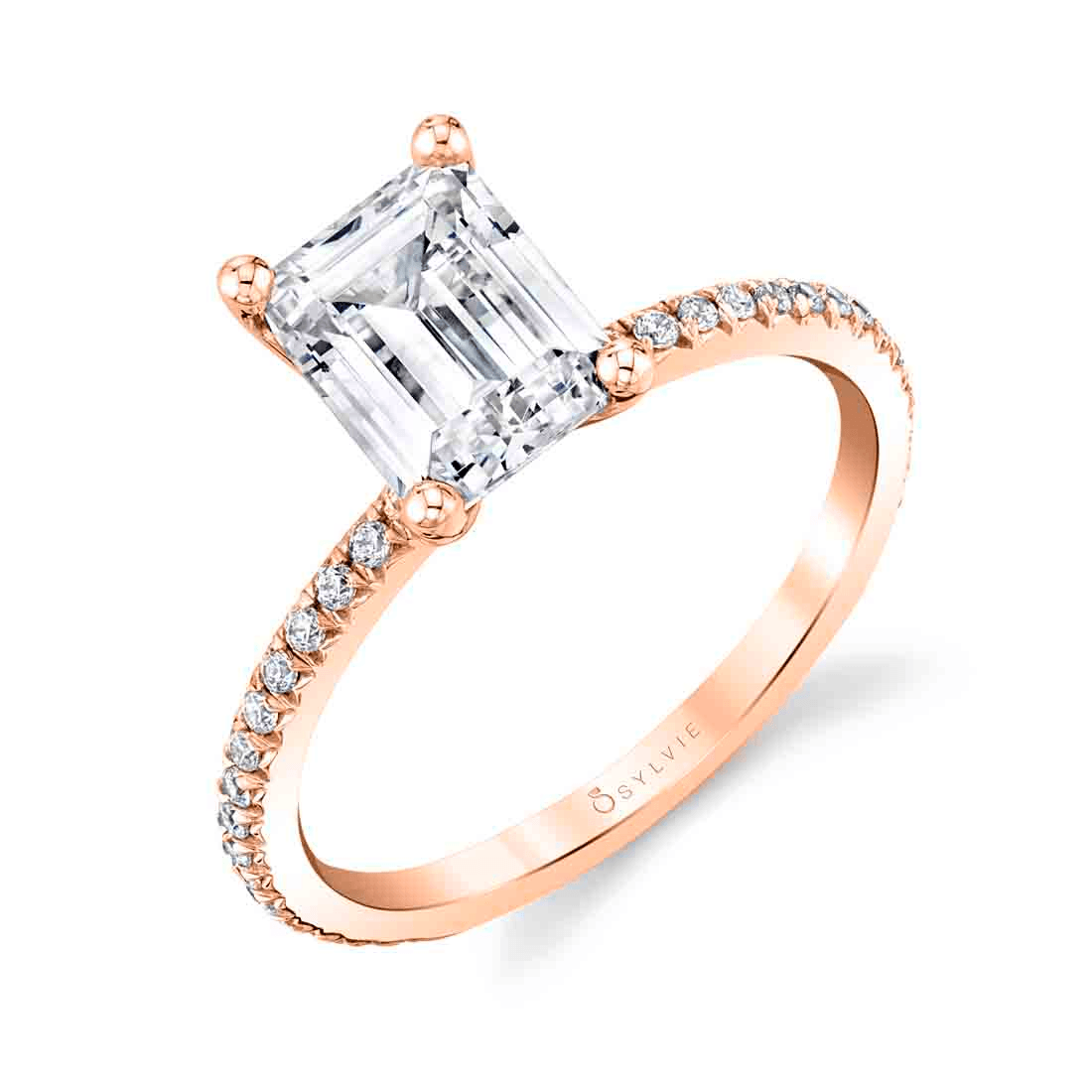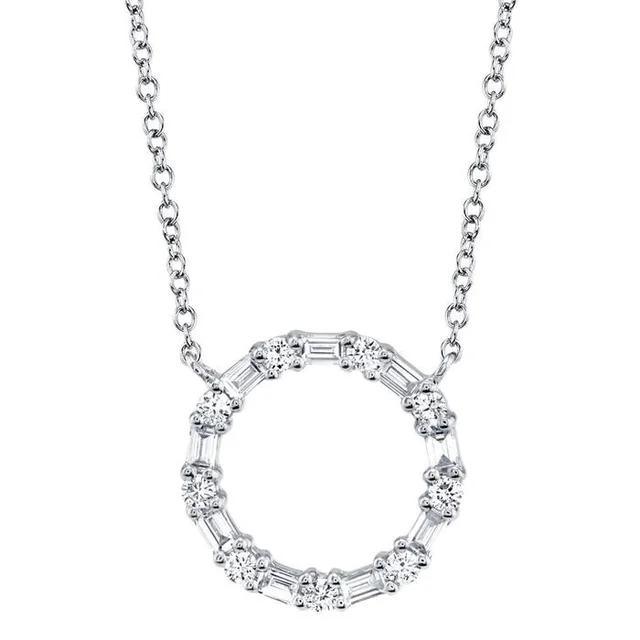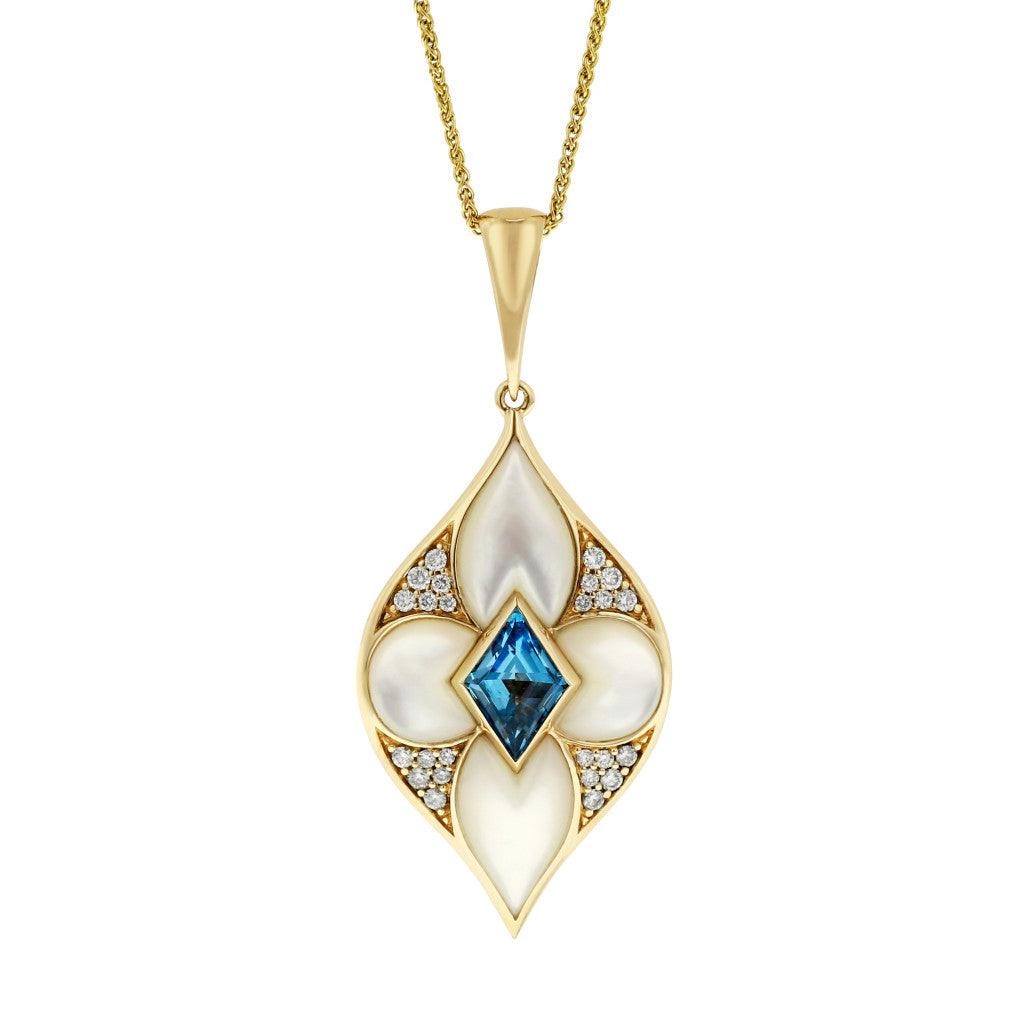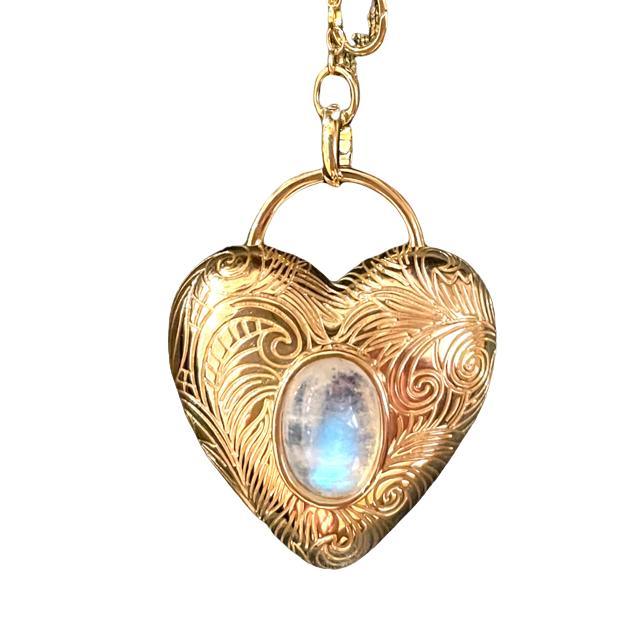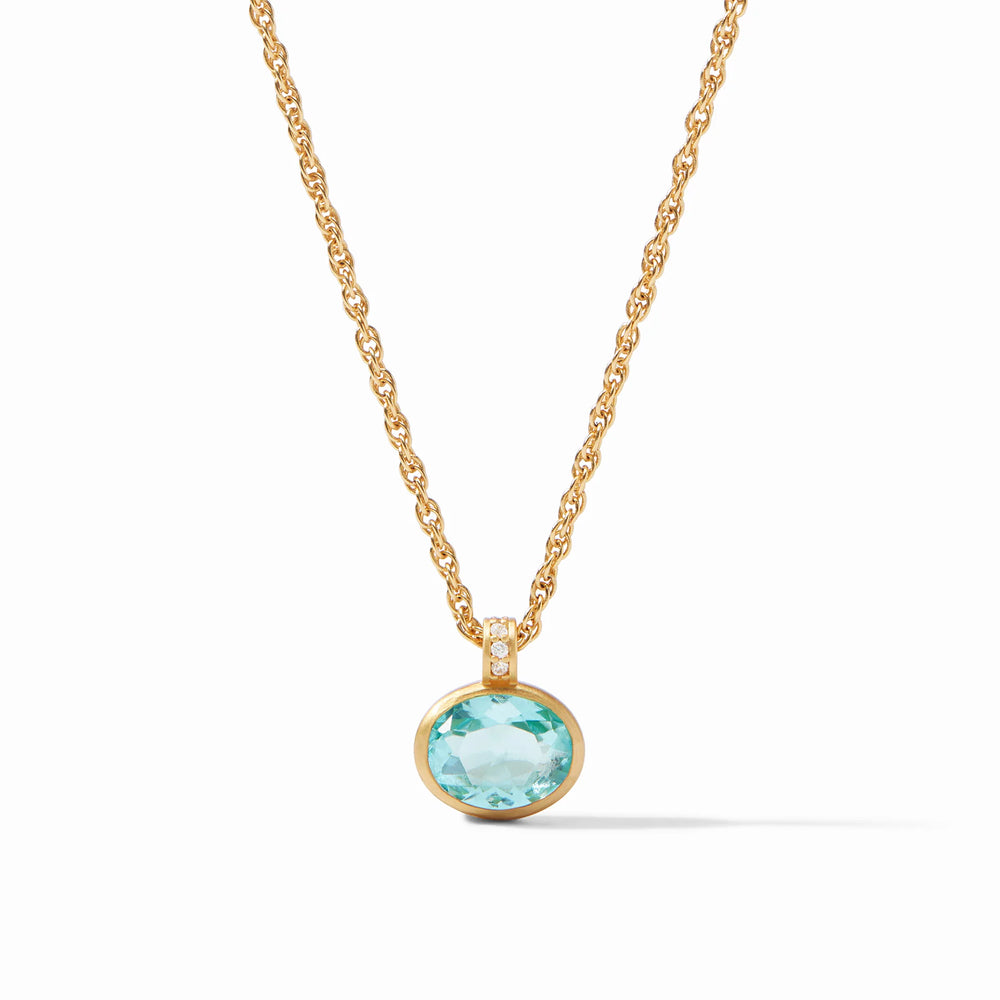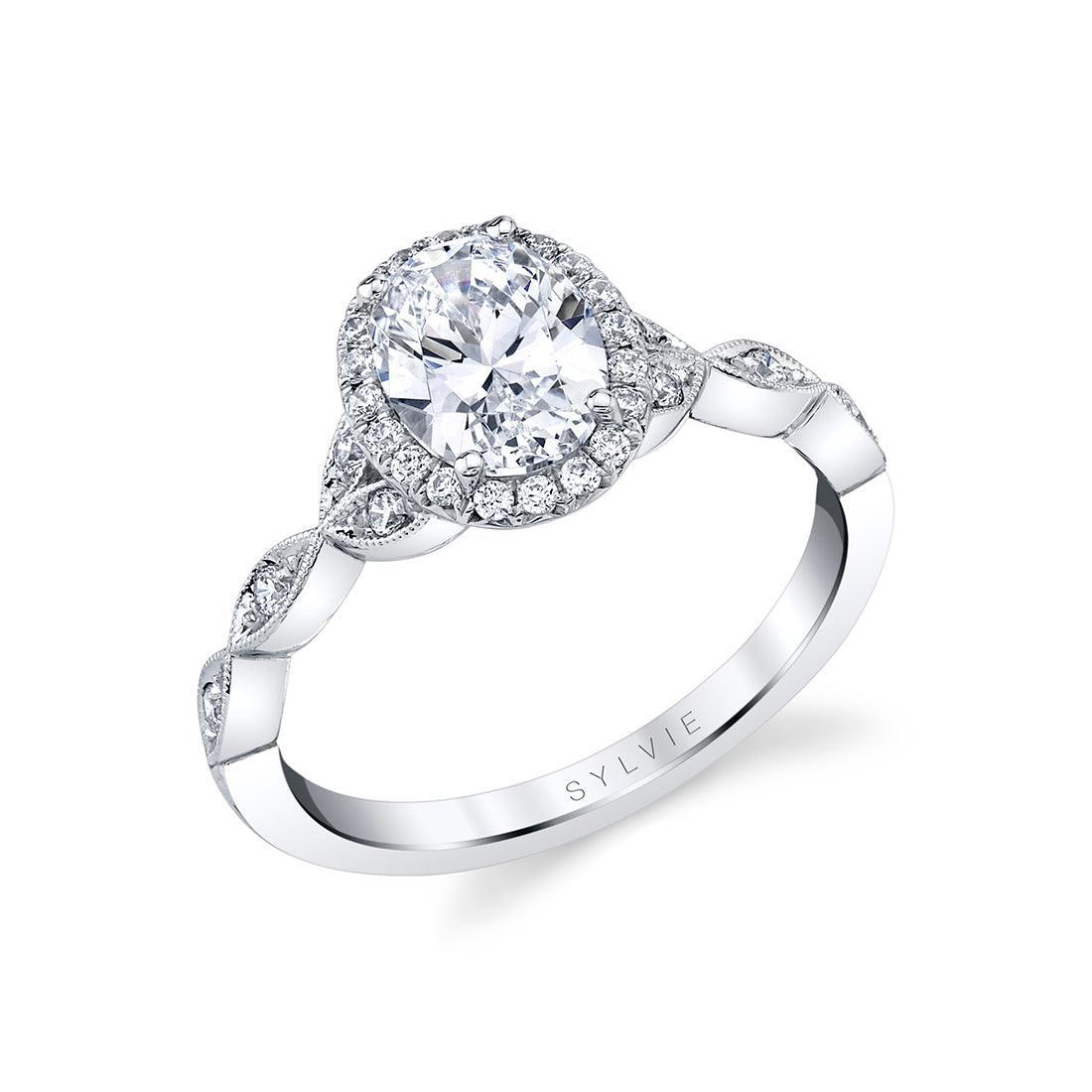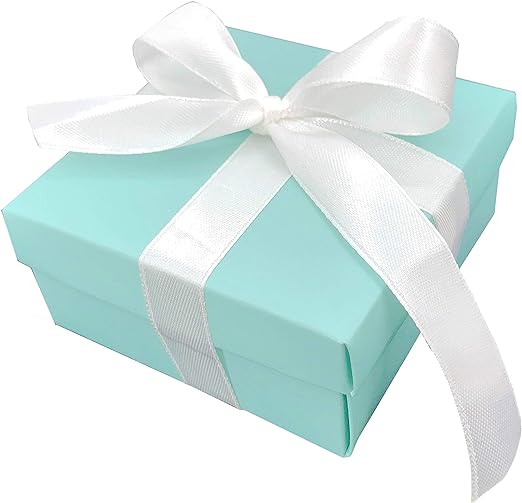What Is Milgrain in Jewelry?
A Tiny Detail with Timeless Charm
When it comes to jewelry, it’s often the tiniest details that make the biggest impact. One such detail is milgrain—a delicate, beaded edging that adds vintage charm and subtle texture to everything from engagement rings to earrings.
But what exactly is milgrain, and why does it matter?

The Art of Milgrain: A Beaded Border with History
Milgrain (from the French mille-grain, meaning “a thousand grains”) is a decorative jewelry technique that creates rows of tiny beads along the edges of a metal surface. These fine details give a piece a soft, elegant finish and are most commonly seen in vintage inspired or antique style jewelry.
You might not notice milgrain at first glance—but once you do, you’ll start seeing it everywhere.
A Brief History of Milgrain: From Ancient Craft to Timeless Classic
Milgrain isn't just a pretty detail—it's a design element with centuries of history. This delicate beaded edging dates back as early as the 8th century BCE, with archaeological finds revealing its presence across Southeast Asia, China, and India. Even today, milgrain remains a staple in traditional jewelry from these regions, showcasing its enduring appeal.
In Western jewelry, milgrain saw two golden ages of popularity:
-
The Edwardian era (1900–1910) brought milgrain to the forefront of high fashion. Paired with platinum and filigree designs, it added a lace-like softness that defined the era’s romantic aesthetic.
-
The Art Deco period (1920s–1930s) revived milgrain with a bold, geometric twist. Jewelers used it to frame diamonds and accent angular motifs, blending old-world charm with modern flair.
Since then, milgrain has remained a favorite among those who love antique inspired design, and it's increasingly appearing in contemporary collections. Whether you’re drawn to vintage romance or a modern meets classic vibe, milgrain offers a unique blend of history, craftsmanship, and timeless beauty.


The Making of Milgrain: From Handcrafted Detail to High Tech Precision
Before modern tools and technology, milgrain was a true labor of love. Early jewelers painstakingly crafted each tiny bead by hand, molding them individually and soldering them into place with incredible care. Achieving a uniform pattern in both size and spacing required immense skill—and time. In that era, adding milgrain wasn’t just about decoration; it was a mark of luxury and meticulous craftsmanship.
Enter the Knurling Tool
Eventually, a breakthrough tool simplified the process: the knurling tool. Imagine a tiny pizza cutter—this handheld device features a beaded wheel that jewelers roll along the edge of a metal surface. As it turns, it stamps a consistent milgrain pattern directly into the metal, eliminating the need to form each bead manually.
This innovation made milgrain more accessible, while still retaining its artisanal look.
Technology Takes Over: CAD and 3D Printing
Today, milgrain design has advanced even further with the use of CAD (computer-aided design) and 3D printing. Jewelers now create highly detailed digital models, which are used to 3D print wax molds that include milgrain textures. These molds are then cast into metal, producing pieces that are perfectly symmetrical and consistent—no hand-tooling required.
While this process may lack the one-of-a-kind charm of hand-applied milgrain, it allows for precision, scalability, and affordability, especially in contemporary jewelry production.
No matter the method, milgrain adds a layer of artistry and attention to detail that transforms a simple design into something extraordinary.
Why Choose Milgrain Jewelry?
Milgrain does more than decorate—it tells a story. Here’s why people love it:
-
Vintage charm: Instantly evokes the elegance of antique and Edwardian jewelry.
-
Textured detail: Adds contrast and depth next to gemstones or polished metal.
-
Symbolic meaning: The beaded edge can represent eternity, continuity, or craftsmanship passed down through generations.
If you're drawn to classic styles with a touch of nostalgia, milgrain could be the detail that sets your piece apart.


When browsing jewelry, look closely—you might find those little beads hiding in plain sight.

